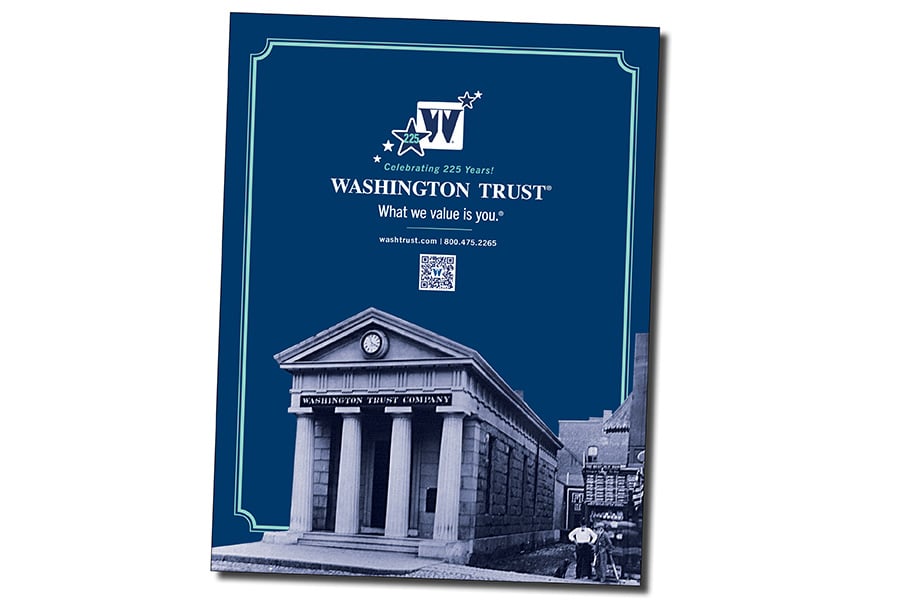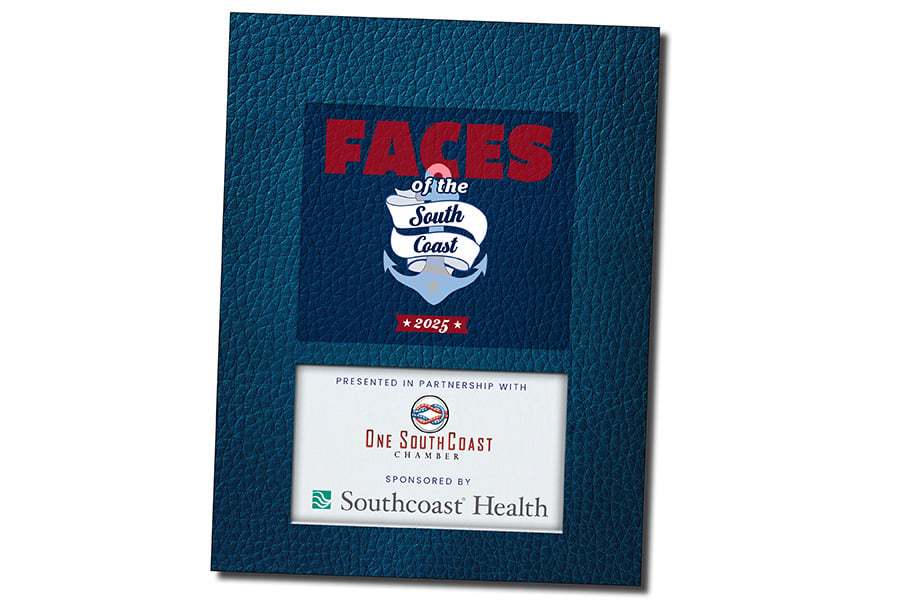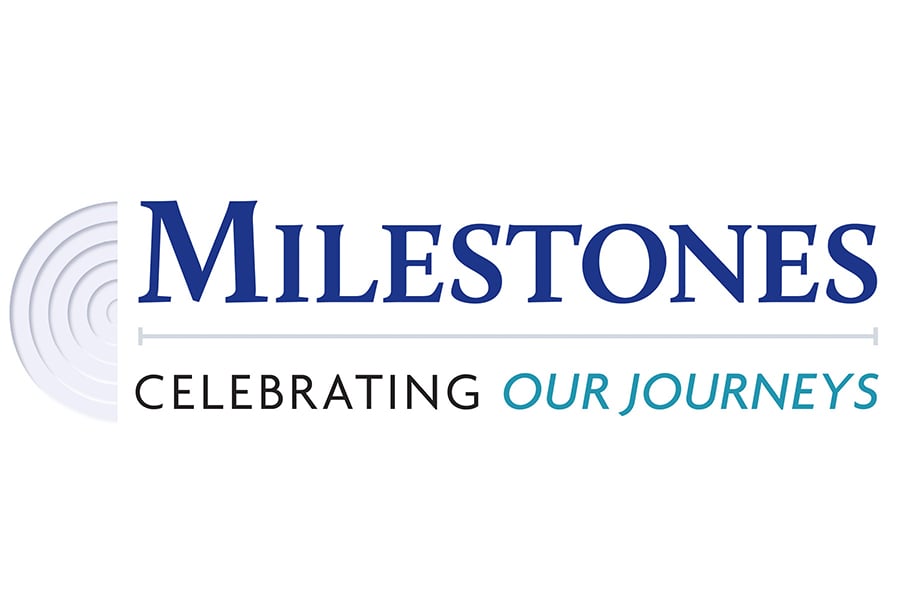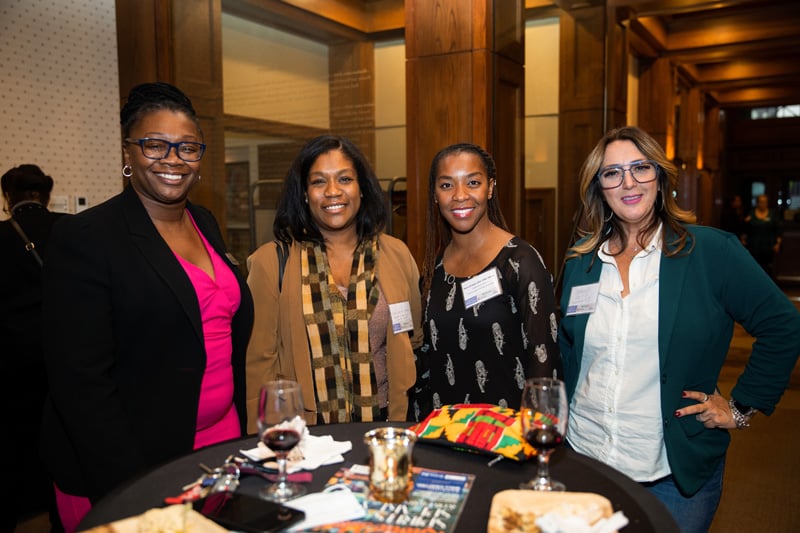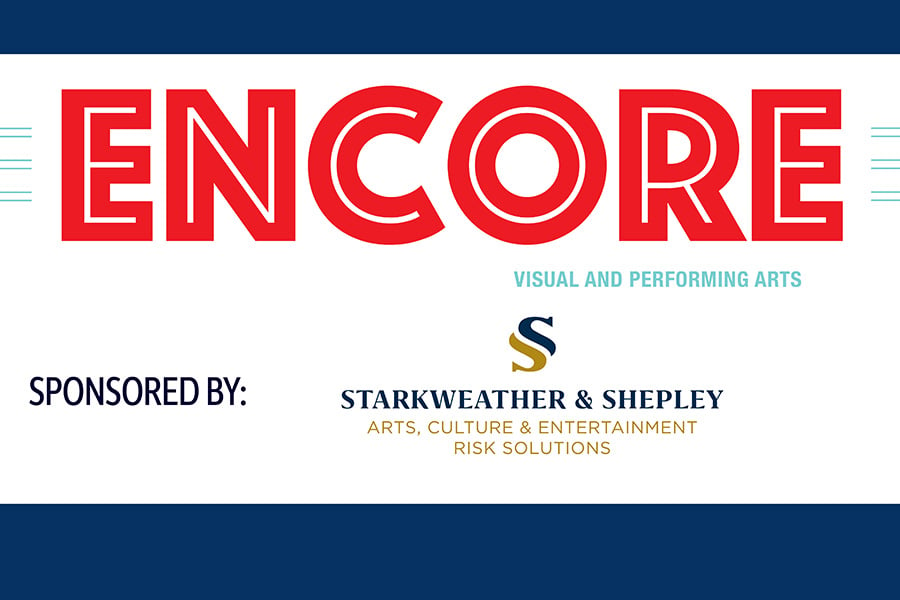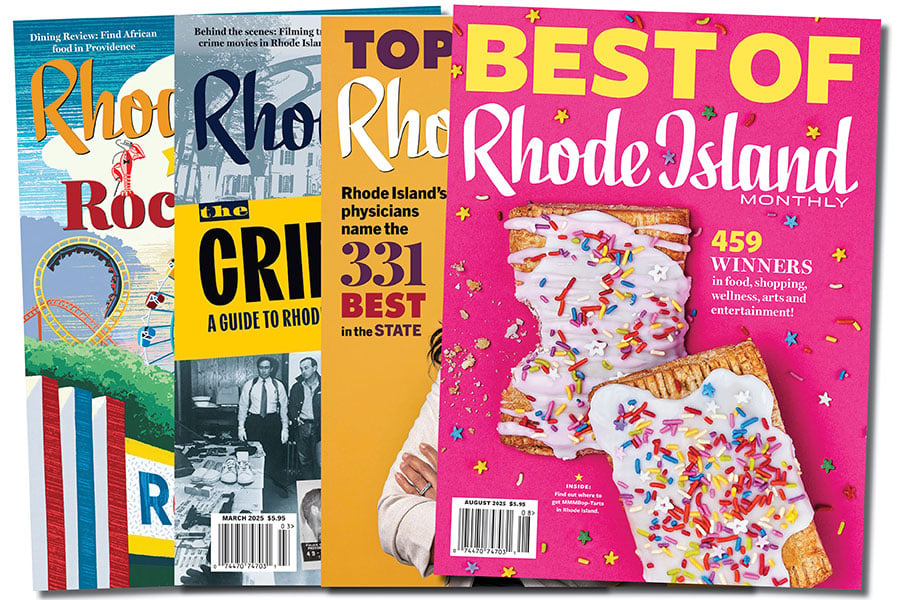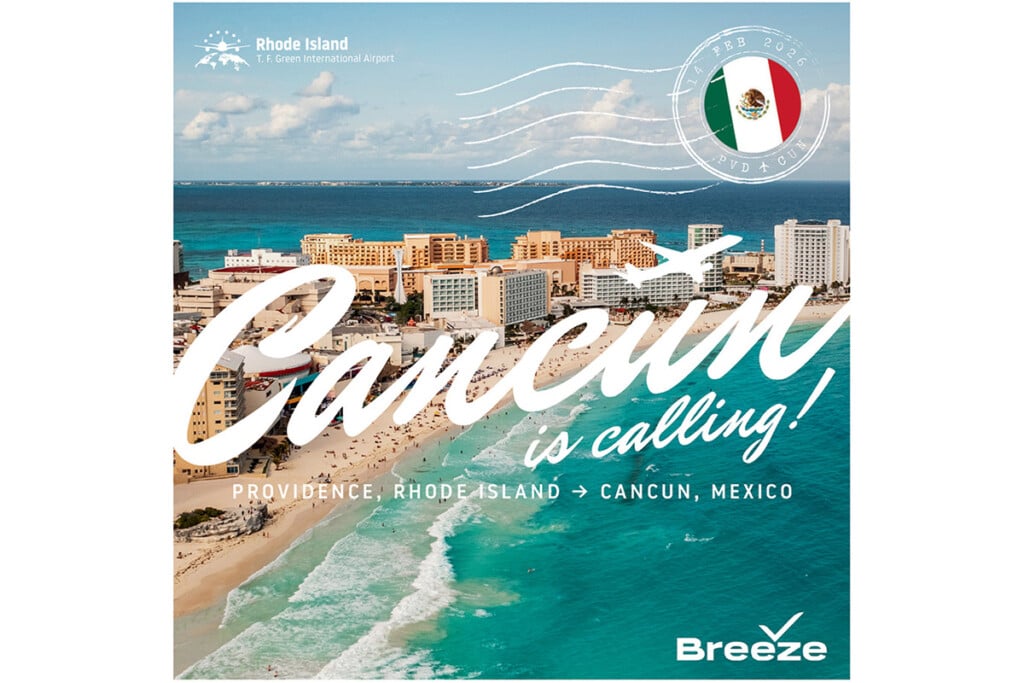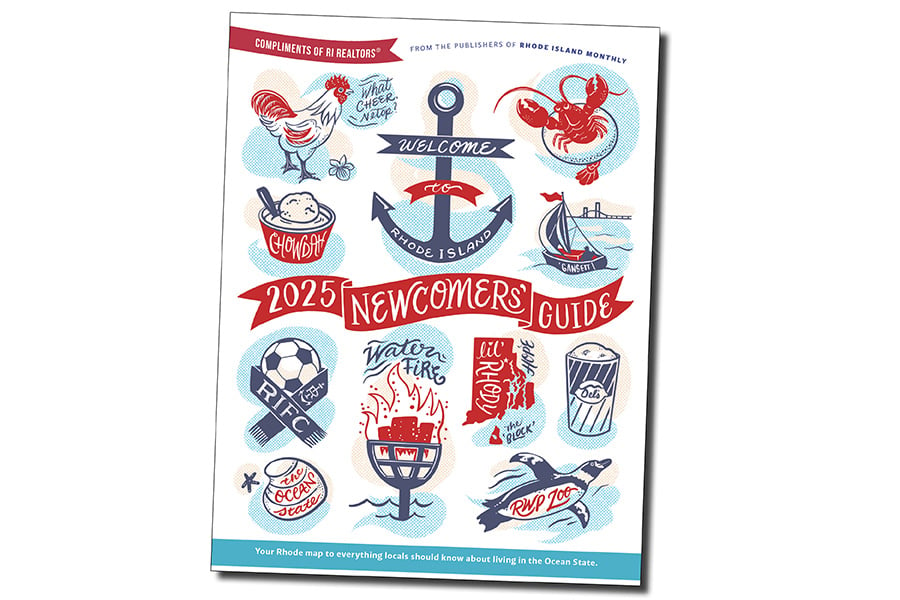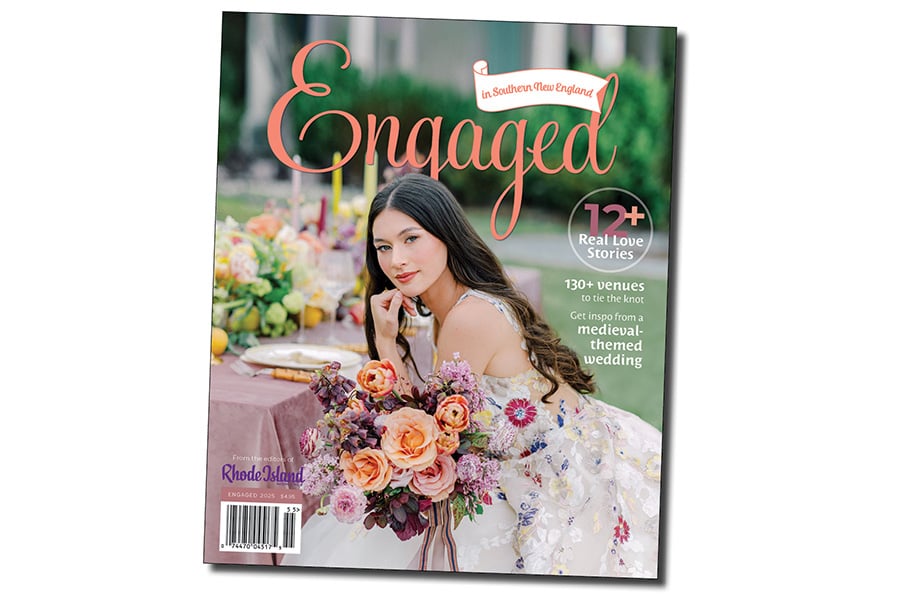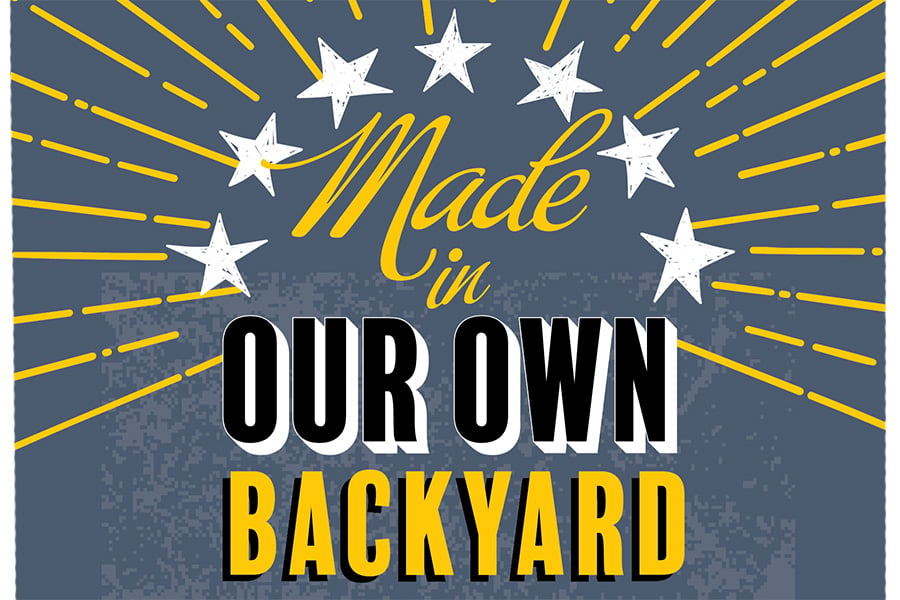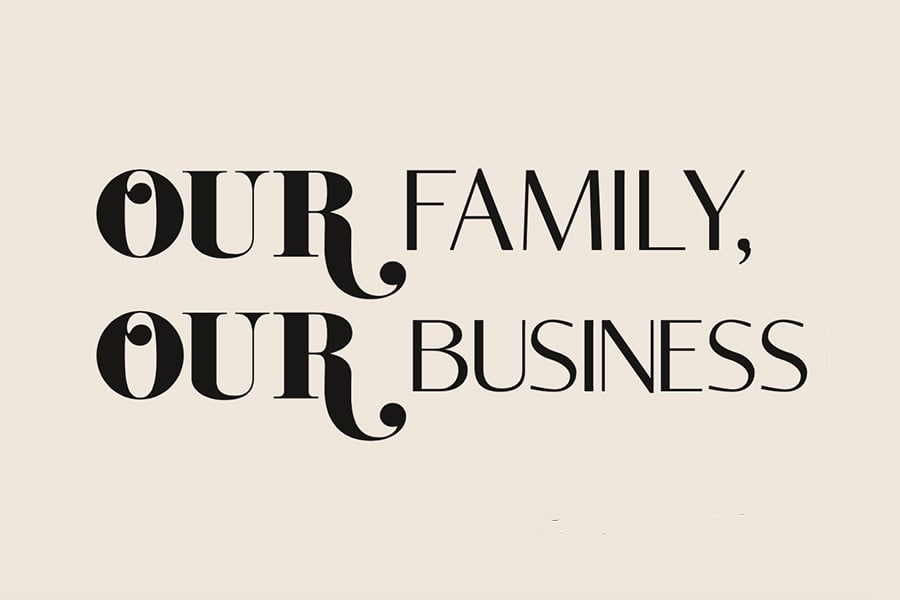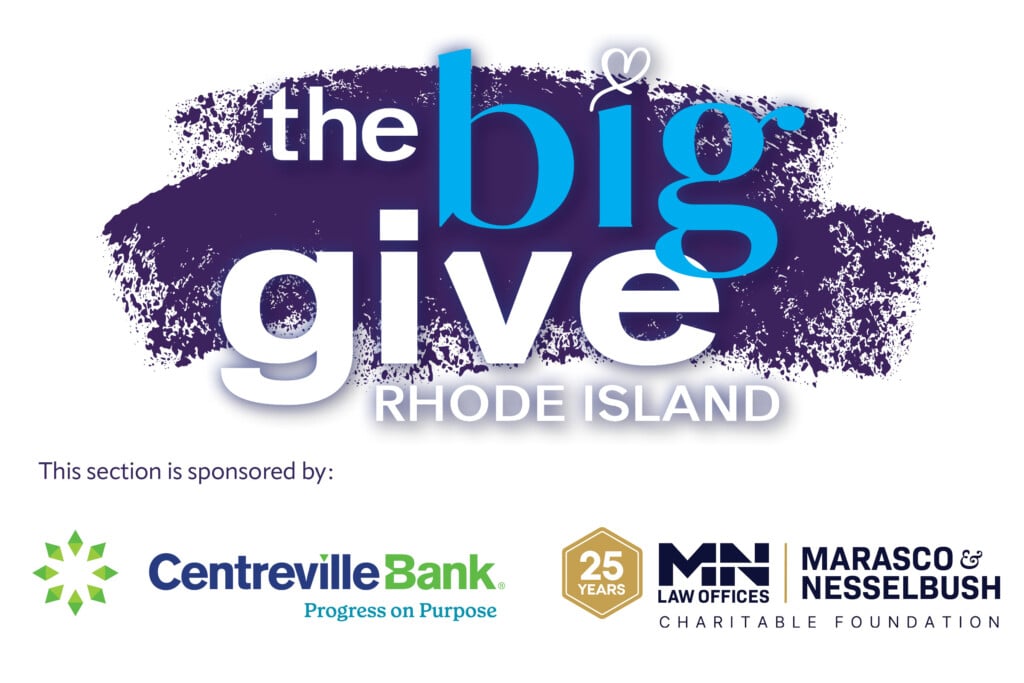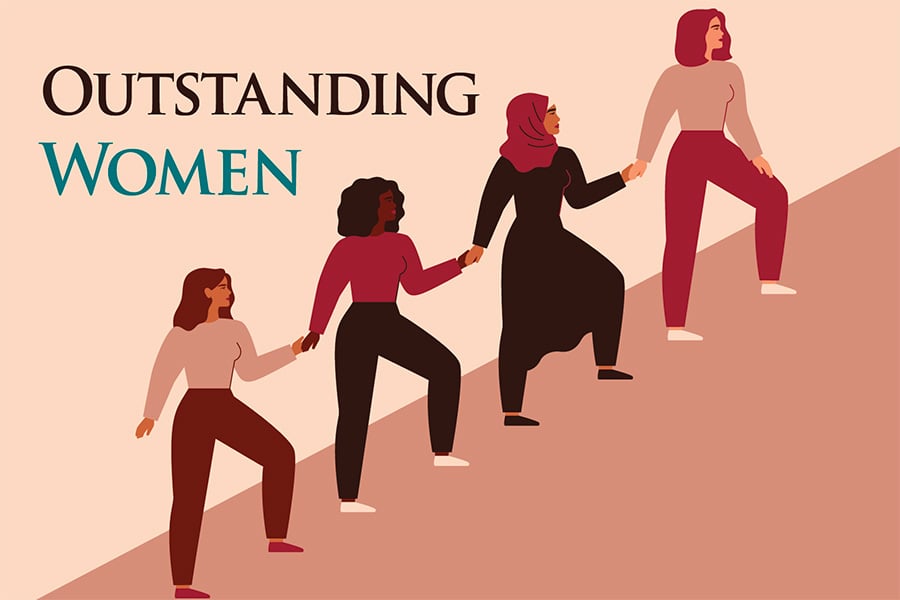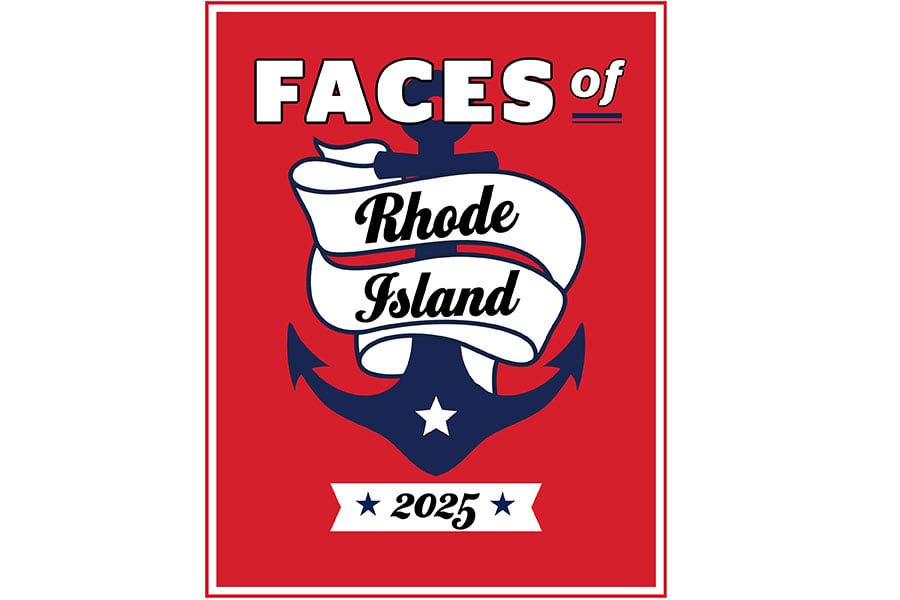A Timeless Tradition
Jen Guertin of Anchor Steam Tattoo, one of the longest running tattoo shops in the state, shares how the industry and her style has changed over the years.
How did you get into tattooing?
I did art classes since I was little. It’s sort of how I and everyone else identified me — as an artist. I went to RISD for painting, and it was super fun, but towards the end, I thought, ‘Oh no, what am I gonna do for my actual job?’ I had a few tattoos, but it wasn’t something I really thought about until someone asked if I might like to learn. That was around ‘96–‘97.
What was the process back then?
Not everyone and their cousin was a tattooer. If someone had a full sleeve, you knew where they got it because it was not very common. Most people started with a traditional apprenticeship in a shop. And those varied widely: sometimes you would pay for it, sometimes you would do all the front-end grunt work and work your way up. I was like an experimental project for the guy who apprenticed me in Providence; I was his first. It turned out well and he ended up hiring me.
What was the apprenticeship like?
Some apprenticeships are loose, but mine was very structured and monitored. You had to be much more of a Jack-of-all-trades back then. There was no such thing as fake skin; we had to go to the butcher shop and get pig ears to practice on them. The machines were a lot more brutalist, whereas today you can have a cordless machine that’s almost like a pen. And there was no widely available internet where you could just YouTube it — you looked at magazines and watched other artists. But then eventually you just had to dive in and go for it. That was absolutely terrifying.
Do you remember your first tattoo on someone?
It’s burned into my mind. I had to put on my game face and pretend everything was cool. The gentleman I did my first tattoo on worked in the shop and he was very nice. I did a little rose. At the end I said, ‘Awesome! What was that, like forty-five minutes?’ And he was like, ‘No, that was three hours.’
When did you establish Anchor Steam?
I worked in Providence for a few years before there was an opportunity to buy this space [which had housed a former tattoo shop] in 2000. It took us a couple of months to revamp it, and then we opened January 1, 2001.
How has the tattoo world changed over the years?
It has changed dramatically. It started to become popular in the early ‘90s. The tattoo magazines were flourishing, and people were able to find ideas. Also, back then, it was illegal to be tattooed in Massachusetts — so Rhode Island, Connecticut and New Hampshire were super busy. They eventually legalized it in 2001, right around when we opened, and we were concerned it would be super dead. There was a slight dip but then it started to grow again. They were more prevalent in media and professional athletes made them cool. We always were waiting for the bottom to drop out, because you never know with trends, but it just became more and more common. People started to push the envelope and get bigger tattoos. And then it also evolved to people changing their minds, so the whole skill of covering tattoos became a thing, and now it’s a large part of what I do.
Tell us more about cover ups.
Even early on, it was obvious that there were parameters. A coverup has to be at least as big as what it already was. Sometimes people would want to cover a giant tribal sun with a Chinese character — that’s not going to work. So, we had to come back with, ‘Okay, let’s come up with a design that’s a third bigger with some texture, or maybe color, and it’s going to have to be adaptable.’ For me, it was important that the person did not get a larger project that they didn’t like. It had to be something they would like better. It’s brave for the client to put a somewhat unknown project in my control. We explain it as best we can, and nowadays we can give more examples on the IPad, but from there they have to jump in. Sometimes it takes several sessions to complete, and that can be nerve-racking because in the middle you might still see the old piece underneath. But it always works out. My favorite part is seeing the difference between how much the client hated their original tattoo and how much they love the new one.
You know what that’s like firsthand.
I had two full color sleeves, one American Traditional and one Japanese style. There wasn’t too much thought behind them, I had just wanted to be covered in tattoos. As I got older and grew as a person, I realized I identified more with ancient culture. I wanted to make the tattoos a little darker and more timeless. But for a long time, no one would touch them. It was a daunting project and with me being a tattoo artist, they thought I’d be hypercritical of the work. Luckily, my friend Will, who works here with me, said he’d do it. We worked on it for a good couple of months. It’s exciting because now I feel more comfortable in my skin.
That’s great he was willing to take it on.
We’re super lucky that all our artists are really great people — very kind and generous and thoughtful — and also very versatile. Everybody here is willing to dig in, do what the customer wants and give them the best. There’s a wide range of how you can take the concept of tattooing: It can be just for fun like a little anchor tattoo; it can be very expressive self-portrait; it can be healing for someone in mourning; all kinds of things. We always try to gauge and custom-fit the experience for each person.
44 Broadway, Newport, 847-4155, anchorsteamtattoo.com; @anchorsteamtattoo





